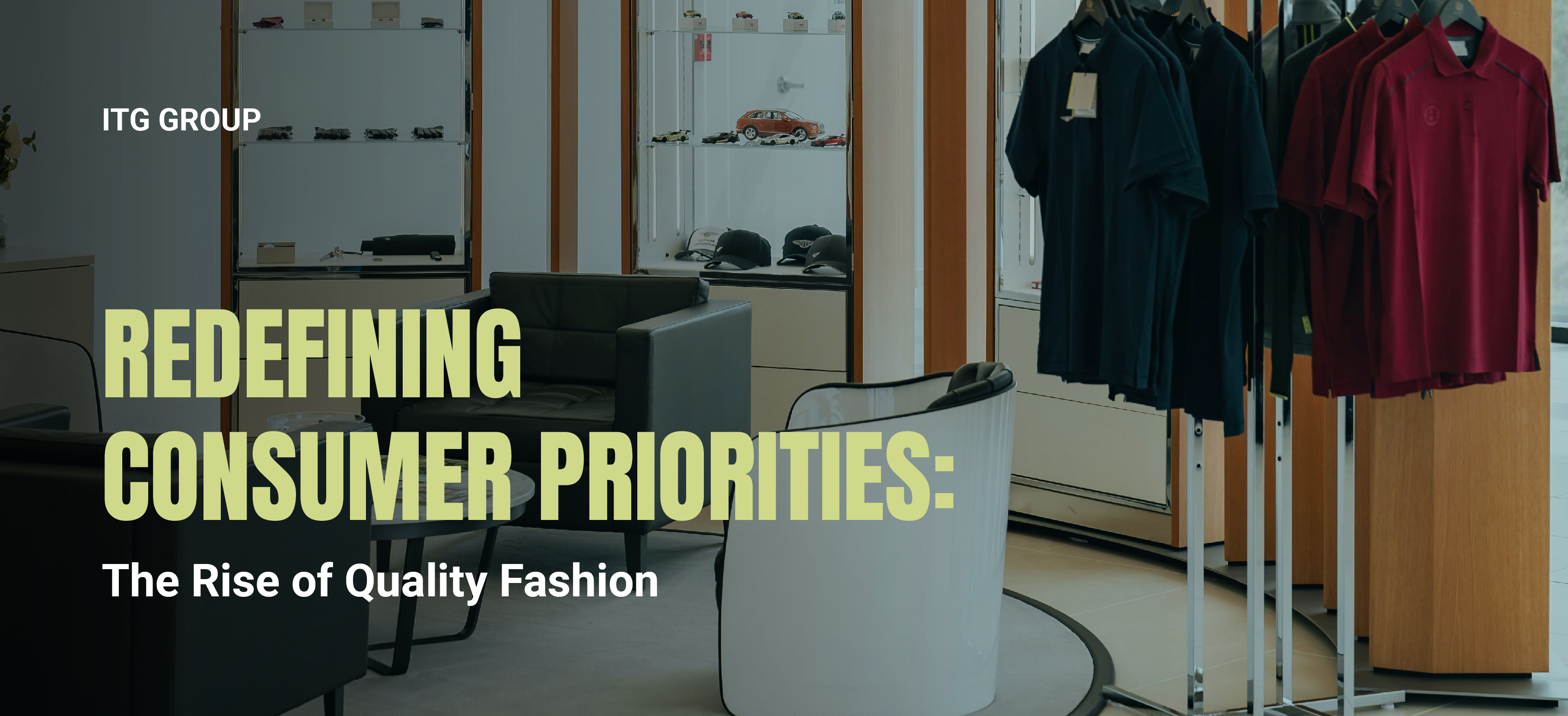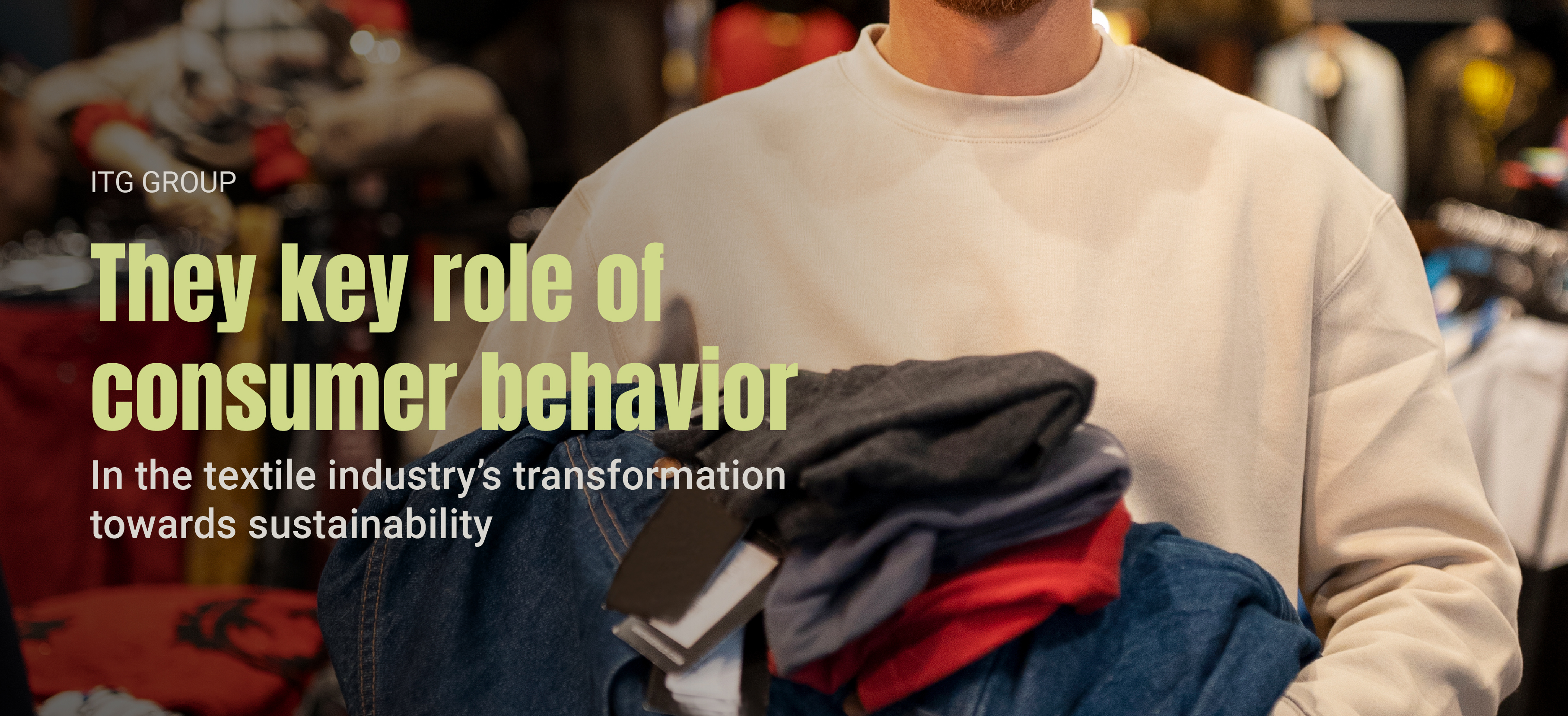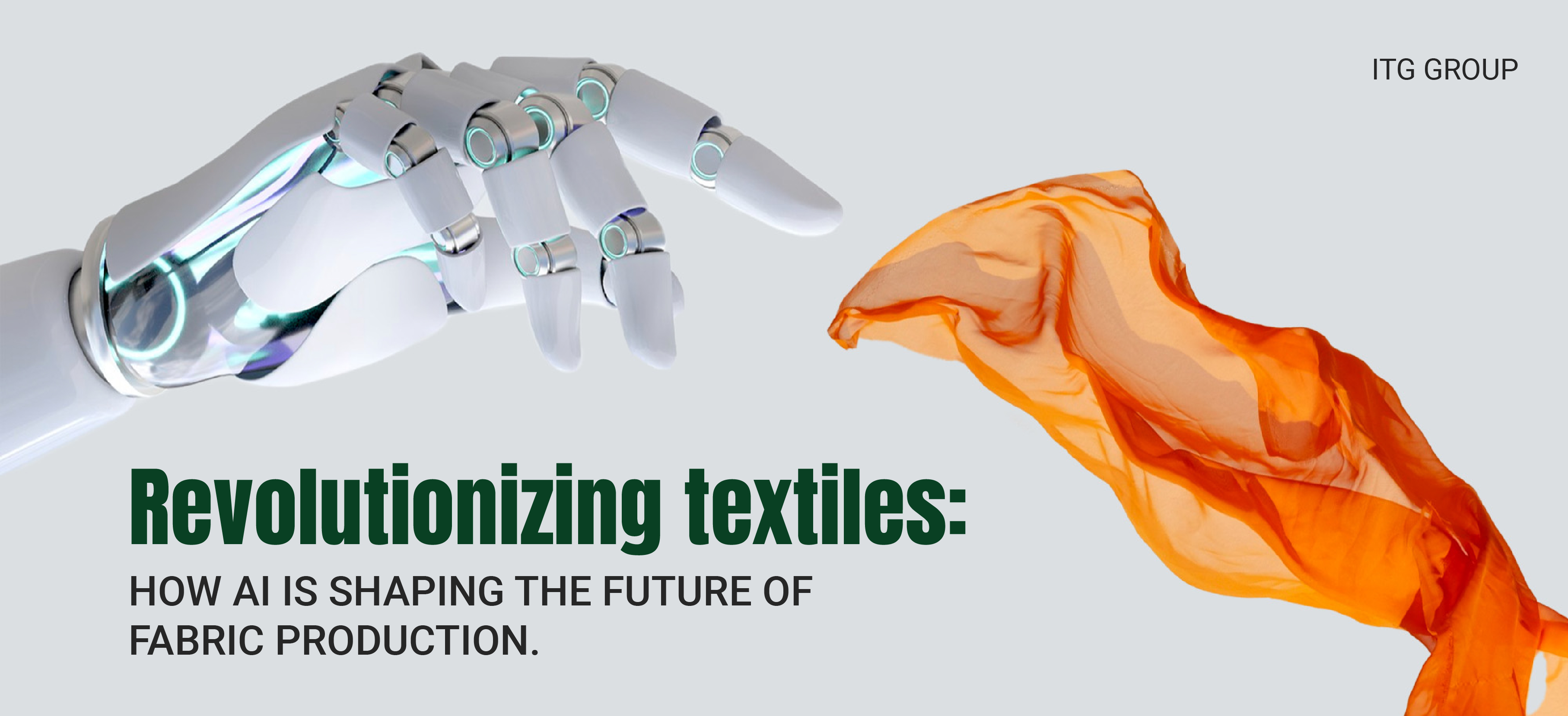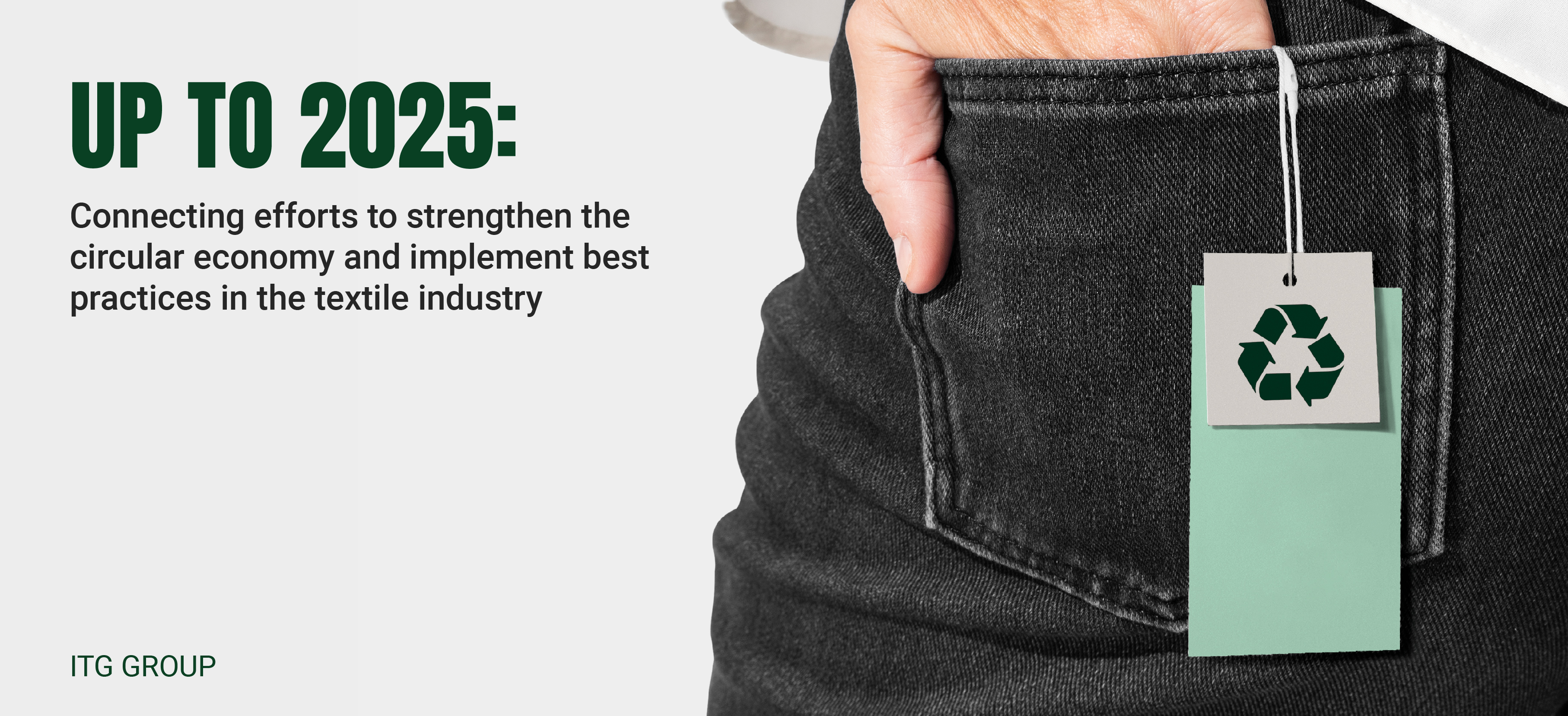- Innovation
- May 29, 2025
- 0
Redefining Consumer Priorities: The Rise of Quality Fashion
In recent years, the fashion industry has witnessed a significant shift in consumer preferences, with a growing emphasis on quality over quantity. This movement, often referred to as "quality fashion," reflects a deeper awareness among consumers about the environmental and ethical implications of their purchases. As a result, the future of fashion is being redefined by a commitment to durability, sustainability, and timeless design.
The traditional fast-fashion model, characterized by rapid production cycles and disposable clothing, is increasingly being scrutinized for its environmental impact and contribution to waste. In response, consumers are gravitating towards brands that prioritize high-quality materials and craftsmanship. This shift is not merely about aesthetics but represents a broader commitment to sustainability and ethical production practices.
Brands like Stella McCartney have set the standard for sustainable luxury fashion by utilizing eco-friendly materials, reducing waste, and promoting transparency. Such initiatives resonate with consumers who prioritize environmental responsibility, reinforcing the idea that quality fashion is synonymous with ethical practices.
Sustainability and quality are becoming increasingly intertwined in the fashion industry. High-quality garments tend to have longer lifespans, reducing the need for frequent replacements and thereby minimizing waste. Consumers are recognizing that investing in well-made pieces not only offers better value over time but also aligns with environmentally conscious values.
The European Commissions Sustainable and Circular Textile Strategy emphasizes that textiles sold in the EU should be durable, repairable, and recyclable, encouraging a move away from fast fashion towards more sustainable consumption patterns.
Advancements in technology are playing a pivotal role in the evolution of quality fashion. Innovations such as 3D knitting and digital printing allow for precise manufacturing, reducing waste and enhancing the quality of the final product. Additionally, technology enables greater transparency in supply chains, allowing consumers to make informed choices about the origins and production methods of their clothing.
The rise of the secondhand apparel market further underscores the shift towards quality. According to a report by ThredUp, the global secondhand clothing market is projected to reach $367 billion by 2029, growing 2.7 times faster than the overall apparel market. This trend indicates a growing consumer preference for durable, high-quality items that retain value over time.
The rise of quality fashion signifies a transformative period in the industry, where consumer priorities are increasingly aligned with sustainability, durability, and ethical production. As technology continues to evolve and awareness grows, the focus on quality over quantity is reshaping the way clothing is designed, produced, and consumed. At ITG Group, we share this commitment to quality—not only in fashion but in every machine, spare part, and accessory we offer. Our goal is to support our clients in producing high-quality fabrics that keep them ahead of their competitors in the textile sector. We are your commercial ally in the textile industry, dedicated to helping you weave success.
Information obtained from:
https://www.globaltextiletimes.com/articles/quality-fashion-the-future-of-consumer-trends/
- Innovation
- Dec 12, 2024
- 0
They key role of consumer behavior in the textile industry’s transformation towards sustainability
Consumer behavior is reshaping the fashion industry, pushing brands to rethink their production processes and embrace more sustainable practices. The growing awareness of the environmental and social impact of fashion has empowered individuals to demand change. This shift in consumer expectations is driving brands to prioritize ethical and sustainable practices, highlighting the vital role of informed shoppers in transforming the industry.
Brands respond directly to consumer demand, and today’s shoppers are increasingly prioritizing sustainability. They want to know where their clothes come from, how they’re made, and the impact they have on the planet. This shift forces brands to reconsider their practices, as consumer preferences drive sales and brand loyalty.
For example, many brands now incorporate sustainable materials, reduce waste, and improve transparency throughout their supply chains. Initiatives like using organic cotton, recycled fibers, and biodegradable packaging have grown significantly, thanks to consumer pressure. Furthermore, resale platforms, repair services, and circular fashion models are gaining traction as brands align their practices with the growing demand for sustainability.
Social media has amplified this influence. Consumers use platforms to call out brands for unethical practices, celebrate those prioritizing sustainability, and share information on the impact of fast fashion. This online advocacy has made it impossible for companies to ignore the power of consumer voices.
The Importance of Consumer Awareness
Educating consumers about the social and environmental impact of fashion is key to changing purchasing habits. Many people are unaware of the scale of waste, pollution, and exploitation caused by fast fashion. For instance:
- The fashion industry contributes to 10% of global carbon emissions.
- Synthetic fabrics shed microplastics into waterways, harming marine ecosystems.
- Textile waste fills landfills, with less than 1% of clothing globally being recycled into new garments.
Once consumers understand these issues, they are more likely to make informed choices, such as buying fewer but higher-quality items, supporting ethical brands, or participating in clothing resale and recycling programs. This growing awareness encourages brands to adopt sustainable practices to meet shifting demands.
The concept of “demand shapes supply” underscores how consumer choices influence production trends. When consumers prioritize sustainable options, brands are compelled to innovate. Whether it’s creating eco-friendly product lines, investing in renewable energy for factories, or adopting circular fashion models, the industry evolves to match consumer expectations.
Furthermore, this shift isn’t limited to high-end brands. Affordable fashion retailers are also investing in sustainability, recognizing the long-term business benefits of aligning with consumer values. Sustainable practices not only build brand loyalty but also reduce costs by improving resource efficiency and minimizing waste.
Individual actions, such as purchasing ethically or recycling clothing, are powerful, but collective efforts amplify their impact. As more people demand change, companies that fail to adapt risk losing market share. This ripple effect extends beyond brands to governments, encouraging regulations that support sustainable practices in the textile industry.
However, challenges remain. Issues like greenwashing, where brands falsely claim sustainability, and the higher cost of eco-friendly products can confuse or discourage consumers. Continued education and transparency are essential to ensuring lasting change.
The growing demand for sustainable fashion is a testament to the power of informed consumers. By influencing the way brands produce their products, consumers are not only reshaping the fashion industry but also driving the textile sector to adopt more ethical and eco-conscious practices.
At ITG Group, we recognize the importance of this shift and remain committed to staying informed about industry advancements and supporting our customers with expert guidance and working towards offering more sustainable solutions soon. We’re your commercial ally in the textile industry, helping businesses thrive while encouraging a more sustainable future.
- Innovation
- Dec 12, 2024
- 0
Revolutionizing textiles: How AI is shaping the future of fabric production.
Artificial Intelligence (AI) has become a driving force of transformation in the textile industry, unlocking efficiencies and advancing sustainability initiatives. As demand grows for faster production, enhanced customization, and eco-friendly practices, AI provides the tools to meet these evolving industry needs. From trend forecasting and quality control to predictive maintenance and sustainable practices, AI applications are reshaping the way textiles are produced and consumed, allowing companies to enhance quality while reducing waste and operational costs.
These advancements have introduced various applications that directly impact how textiles are designed, produced, and managed. By integrating AI, textile companies can improve decision-making processes and achieve a high degree of accuracy in demand forecasting, inventory management, and customer experience personalization. This shift not only boosts efficiency but also aligns with sustainable practices, giving textile businesses the ability to produce more responsibly and minimize their ecological footprint.
1. Product Design and Trend Forecasting
AI tools can predict upcoming trends by analyzing vast datasets on consumer preferences and market shifts, enabling designers to stay ahead of consumer demand. This application allows companies to deliver styles that align more closely with market needs, which is critical in the fast-moving fashion industry.
2. Quality Control and Defect Detection
Using AI-driven visual recognition systems, textile companies can detect fabric defects more quickly and accurately than human inspectors, reducing waste and ensuring quality control. These systems analyze patterns in real time, identifying defects early in the production process to maintain high-quality standards.
3. Inventory Management and Demand Forecasting
AI’s predictive capabilities enhance inventory management by optimizing stock levels and reducing the risk of overproduction. Real-time data analysis allows textile businesses to respond to seasonal changes and demand fluctuations, which ultimately minimizes waste and streamlines operations.
4. Predictive Maintenance of Machinery
AI-powered predictive maintenance uses sensors to monitor machinery in real-time, identifying potential issues before they lead to costly breakdowns. This capability keeps equipment running smoothly, maximizing productivity while reducing downtime.
5. Customization and Personalization
Through AI data analysis, textile companies can offer mass customization options, tailoring products to individual preferences. This capability is essential in today’s market, where personalized experiences drive customer loyalty.
6. Sustainability Initiatives
AI supports sustainable practices in textiles by tracking resource usage, optimizing cutting patterns, and recommending eco-friendly materials. This helps companies minimize their environmental footprint and improve their sustainability efforts.
At ITG Group, we are committed to keeping our team up-to-date with these cutting-edge advancements. By continuously enhancing our expertise, we provide our clients with the best guidance, helping them stay competitive and implement best practices. This dedication reinforces ITG Group’s role as a trusted commercial ally in the textile industry, ensuring our customers are efficient and aligned with industry standards. Weaving Success Together, we are here to support our clients every step of the way.
- Innovation
- Dec 12, 2024
- 0
Up to 2025: Connecting efforts to strengthen the circular economy and implement best practices in the textile industry
The textile industry is at a turning point, forced to rethink and redesign its practices due to increasing political, regulatory and social pressures. In Europe, the publication of the EU Sustainable Textiles Strategy has prompted the sector to rethink its activities, taking urgent action at local, national and global levels. Companies must address growing public concern about human exploitation and environmental damage, fueled by a change in mindset that has been amplified by the media.
In this context, Amsterdam has stood out as a pioneer in implementing new legislation at the regional level, serving as a model for collective action in the transition to a circular and regenerative economy. Under initiatives such as the “Circular Textiles Green Deals” and the “Denim Deal,” the Amsterdam Metropolitan Region (MRA) has begun to bring together stakeholders in the textile value chain to increase the use of recycled materials in the production of new products. This collaboration is essential to disseminate best practices and encourage a change in mindset towards sustainability.
The mapping of more than 430 actors in the textile ecosystem in Amsterdam, conducted towards the end of 2022, provides a clear picture of the current development and future opportunities for textile sustainability in the region. From independent repair services to large fashion brands, all local players play a crucial role in creating a shared, long-term vision for circular fashion.
Education and awareness play a critical role in promoting circular practices like the ones the Amsterdam government has implemented. It is essential for businesses, consumers, and policymakers to understand the benefits of sustainable practices and the importance of responsible consumption. Initiatives that focus on public outreach, workshops, and training can help demystify the concept of circular fashion, making it more accessible to all. By fostering a culture of sustainability, where consumers are empowered to make informed choices, the industry can drive demand for eco-friendly products. This, in turn, encourages brands to prioritize sustainable practices and materials, creating a positive feedback loop that supports the overall transition to a circular economy.
To achieve a truly circular economy in the textile industry, innovative technologies and practices must be embraced. Advanced recycling methods, such as chemical recycling and fiber-to-fiber technology, are essential to closing the loop in textile production. These innovations allow for the repurposing of materials that would otherwise be discarded, significantly reducing waste and resource consumption. By investing in research and development, stakeholders, not just in Europe but worldwide, can pioneer solutions that not only improve efficiency but also minimize the environmental footprint of textile production. This technological shift is pivotal in transforming how materials are sourced, used, and disposed of, making sustainability a fundamental aspect of the industry’s operations.
Building on this momentum and strategically aligning efforts will be critical to continue moving towards a more sustainable future. At ITG Group, we support this transition and strongly believe in the importance of global collaboration to drive a more sustainable and environmentally friendly textile industry. The creation of a manifesto and shared platform around circular fashion is a significant step towards this goal, providing a common space to question and improve current practices, and to build a culture of sustainability that benefits everyone.
Finally, collaboration between different sectors will be instrumental in achieving comprehensive change. Partnerships between textile companies, governments, NGOs, and research institutions can catalyze the development of shared goals and standardized practices. By pooling resources and knowledge, stakeholders can tackle systemic challenges that hinder the shift toward sustainability. Initiatives that focus on circular supply chains, shared logistics, and collective marketing campaigns can enhance the visibility and impact of sustainable textiles in the market. Through collective action, the industry can not only meet regulatory requirements but also exceed consumer expectations, fostering a resilient and sustainable future for textiles.
This transformation is not only possible, but necessary, to ensure that the textile industry meets the expectations and demands of the future, offering products that respect both people and the planet. At ITG Group, we are committed to this vision, working every day to contribute to a more responsible and sustainable fashion.

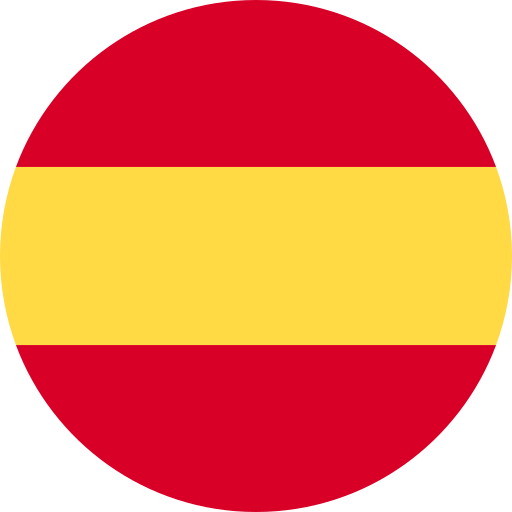 Spanish
Spanish
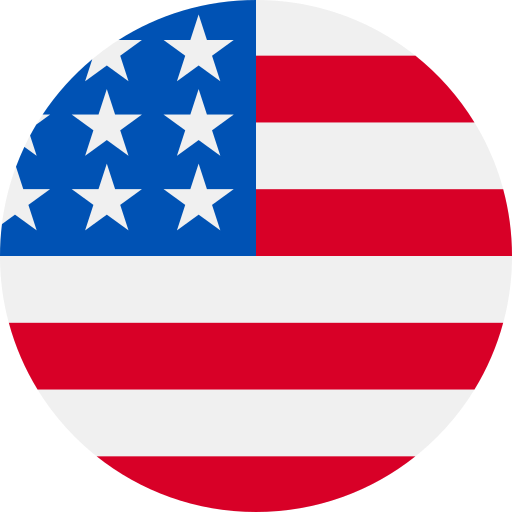 English
English
 Italian
Italian
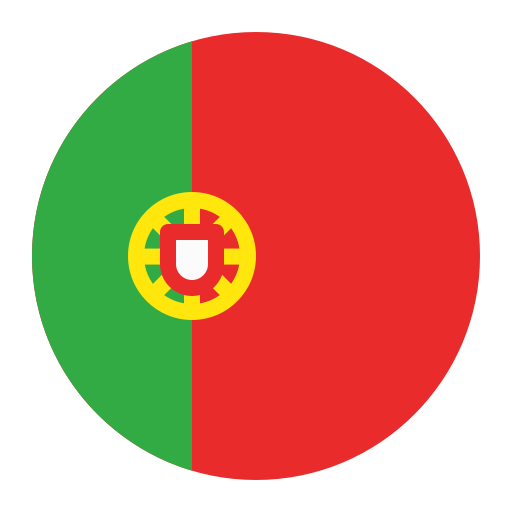 Portuguese
Portuguese
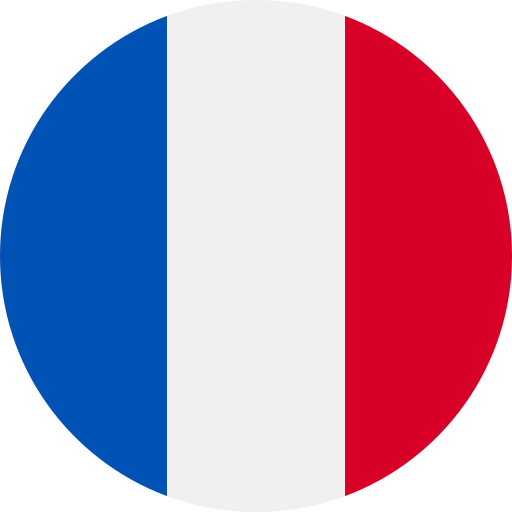 French
French

